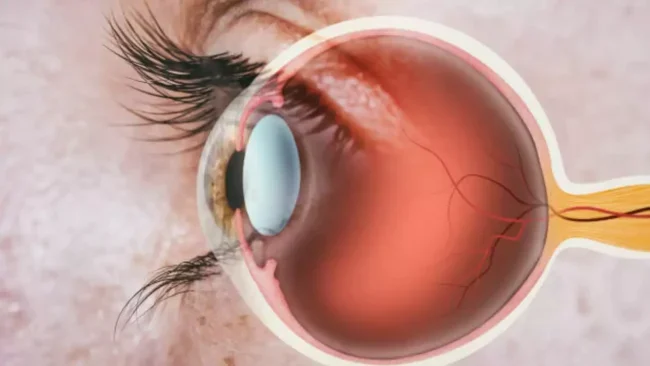While glaucoma can indeed cause discomfort and even pain, it’s not always the most painful eye condition. Glaucoma is often referred to as the “silent thief of sight” because it typically progresses gradually and without noticeable symptoms until significant vision loss occurs. However, in some cases, especially during acute angle-closure glaucoma or when eye pressure is severely elevated, individuals may experience symptoms such as eye pain, headaches, blurred vision, halos around lights, and nausea or vomiting. Nevertheless, other eye conditions, such as corneal ulcers, severe eye infections, and optic neuritis, can cause more intense and acute pain. It’s essential to seek medical attention promptly for any eye-related symptoms to receive appropriate diagnosis and treatment.
signs of glaucoma:
Glaucoma is often called the “silent thief of sight” because it can progress without noticeable symptoms until significant vision loss occurs. However, there are some signs and symptoms associated with glaucoma that you should be aware of:
- Gradual Loss of Peripheral Vision: One of the hallmark signs of glaucoma is the gradual loss of peripheral (side) vision. This typically occurs first, and because it happens slowly, it may not be immediately noticeable.
- Tunnel Vision: As glaucoma progresses, peripheral vision loss may become more pronounced, leading to tunnel vision. This means that only a small area of central vision remains clear, while the rest is obscured.
- Blurred Vision: Glaucoma can cause blurred vision, especially in the later stages of the disease. This may affect both near and distance vision.
- Halos Around Lights: Some people with glaucoma experience seeing halos or rainbow-colored rings around lights, particularly at night.
- Eye Pain or Headaches: While glaucoma is not always painful, some types, such as acute angle-closure glaucoma, can cause severe eye pain, headaches, and even nausea or vomiting.
- Redness in the Eye: In certain types of glaucoma, such as acute angle-closure glaucoma, the eye may become red, and the cornea (the clear front part of the eye) may appear hazy.
- Increased Intraocular Pressure (IOP): Glaucoma often involves increased pressure within the eye (intraocular pressure or IOP). However, not all cases of glaucoma are associated with high IOP, and some people can develop glaucoma with normal or low IOP.
- Changes in the Optic Nerve: In advanced glaucoma, changes in the optic nerve, which connects the eye to the brain, may be detected during an eye examination. These changes can be observed by an eye doctor using specialized equipment.







